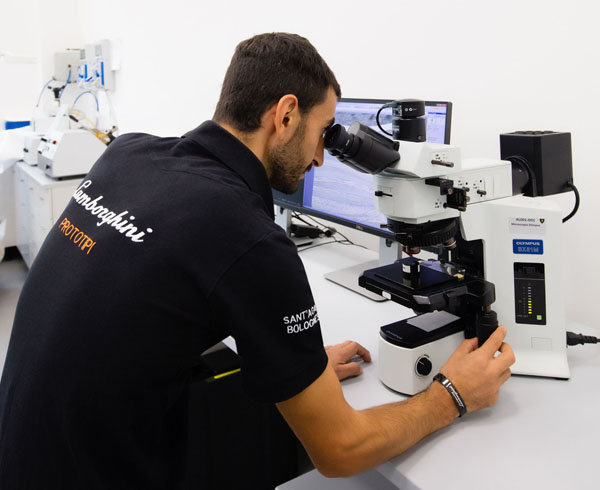
The aim is to analyse the response of five different composite materials produced by Lamborghini to the extreme stresses induced by the space environment.
On board the ISS for a period of six months, the materials will be subjected not only to extreme thermal excursion cycles with peaks from -40 to +200 degrees Celsius, but also to massive doses of ultraviolet radiation, gamma rays, and the flow of atomic oxygen caused by ionisation, on the part of solar radiation, of the highest and most rarefied layers of Earth’s atmosphere.
At the end of the mission, the samples returned to Earth will undergo joint testing by Automobili Lamborghini and the Houston Methodist Research Institute in order to quantify the qualitative degradation in terms of both chemical and physical properties and mechanical properties.
For Lamborghini, in particular, the data obtained will be valuable in view of an even more extensive use of advanced composites on its cars.
This will determine their possible use in prosthetic implants, but also in subcutaneous devices, taking advantage of their particular properties of light weight, radio transparency and radio compatibility.
Of particular interest not only for the biomedical and automotive field is the 3D-printed continuous-fibre composite. This makes it possible to combine the extreme flexibility of “additive manufacturing” with high-level mechanical performance, equal to that of a good quality aluminium for structural uses.
An important role in the experiment is also played by the discontinuous-fibre composites, a technology in which Automobili Lamborghini has been a pioneer since the launch of the “Sesto Elemento” limited series in 2010 and whose use is now a consolidated practice over the company’s entire product range.
Finally, the experimental batch also includes samples made of pre-impregnated epoxy resin and autoclaved polymer fabric, a traditional technology but still at the top in terms of mechanical characteristics.